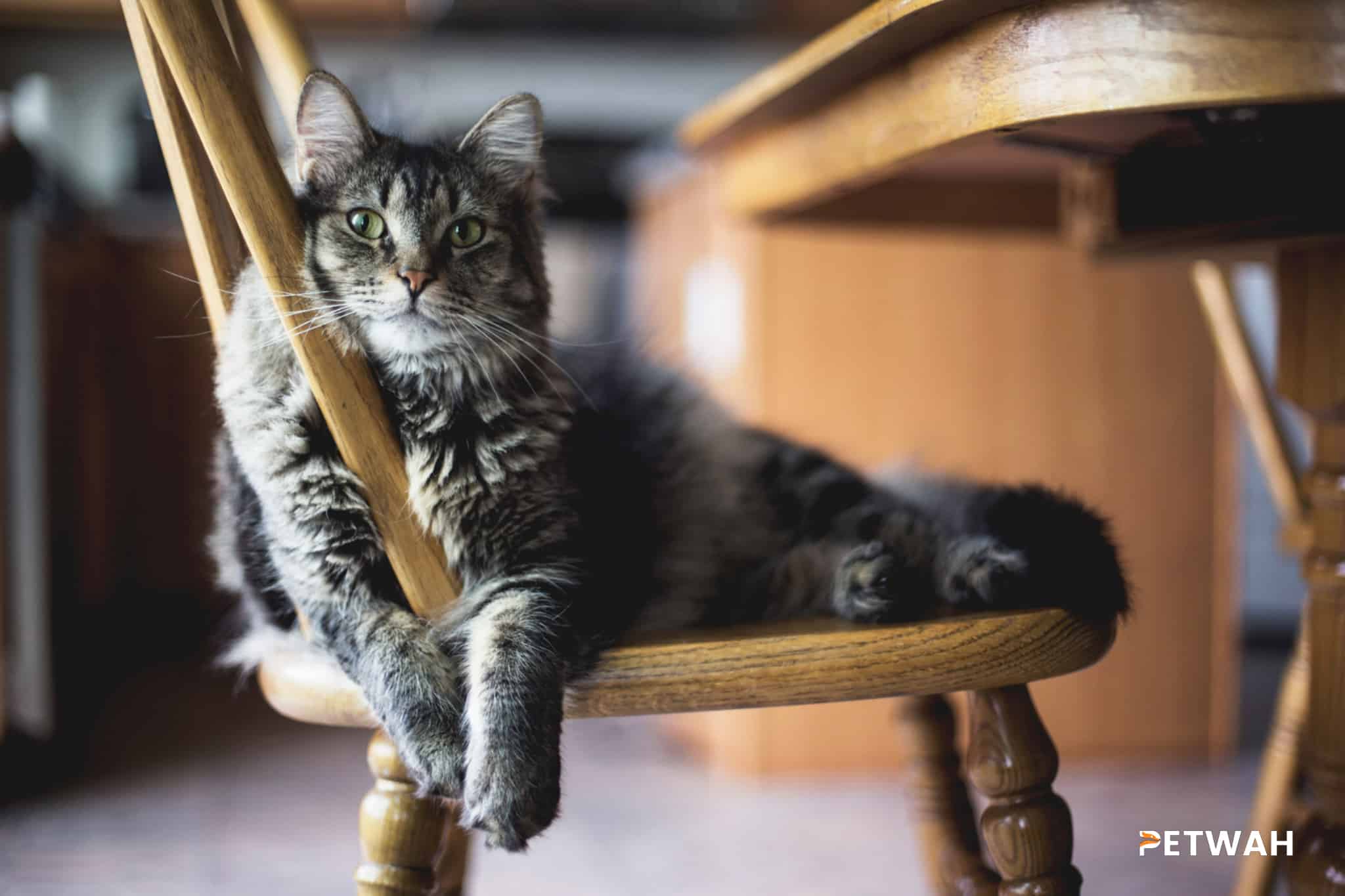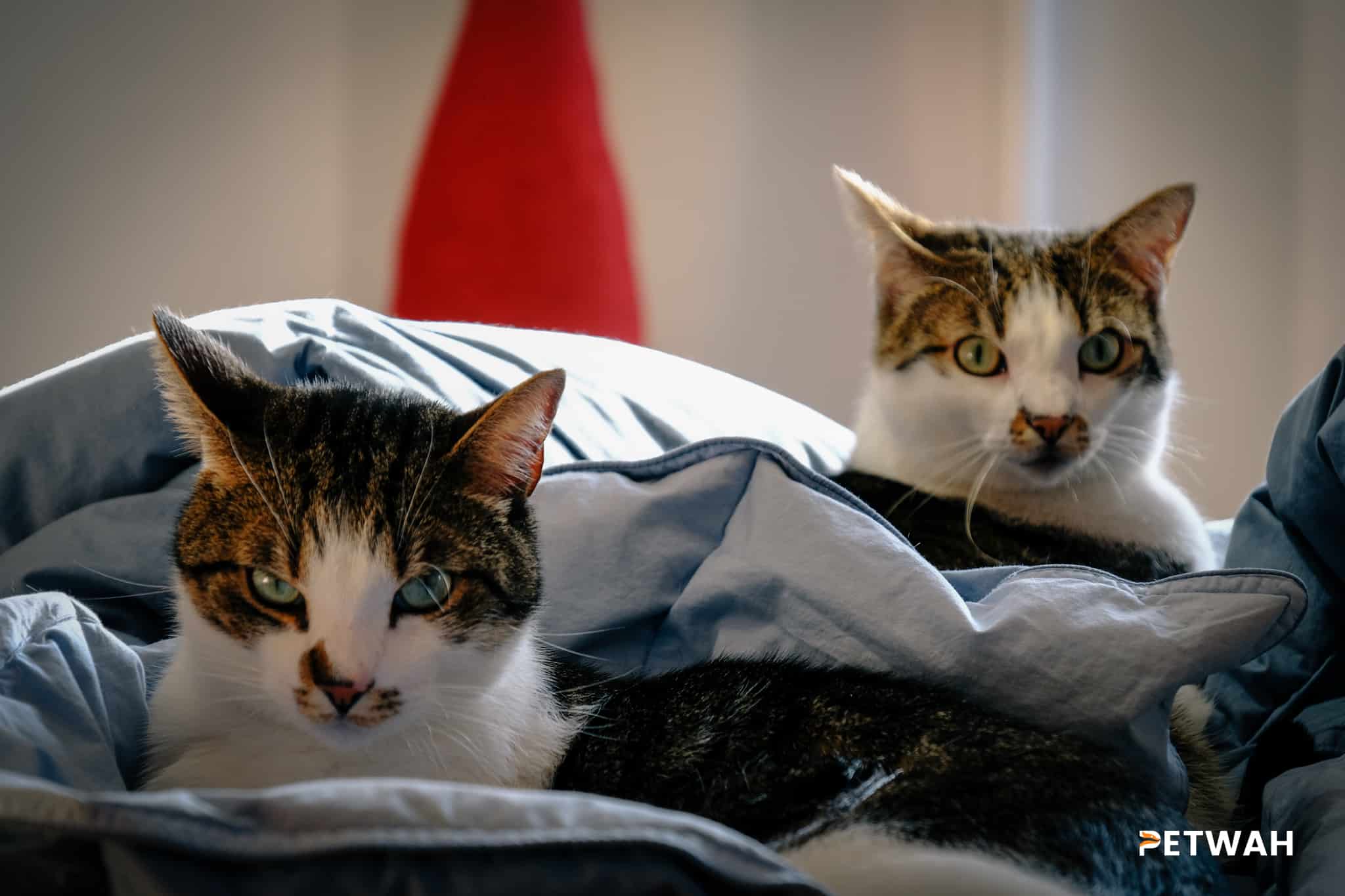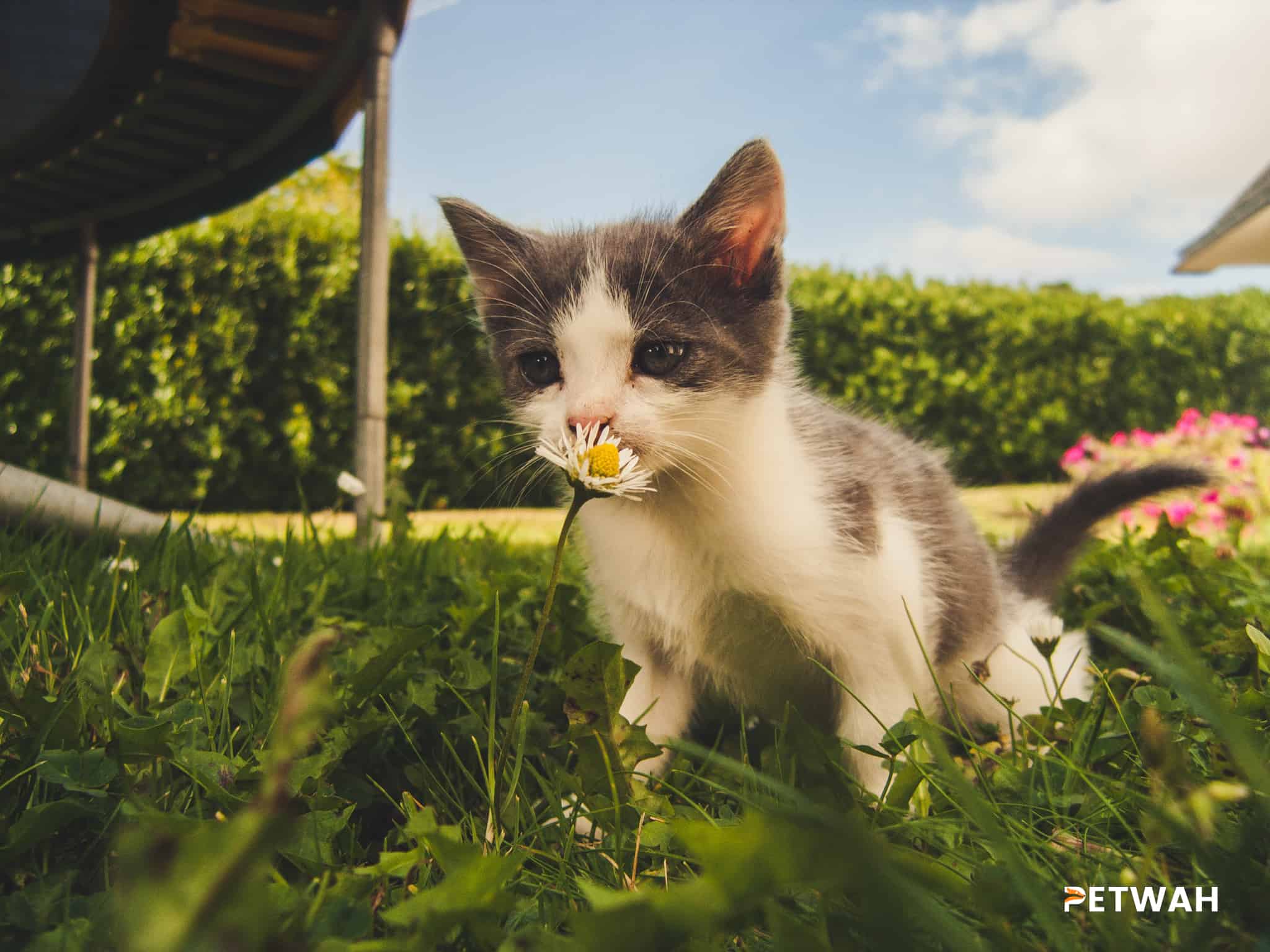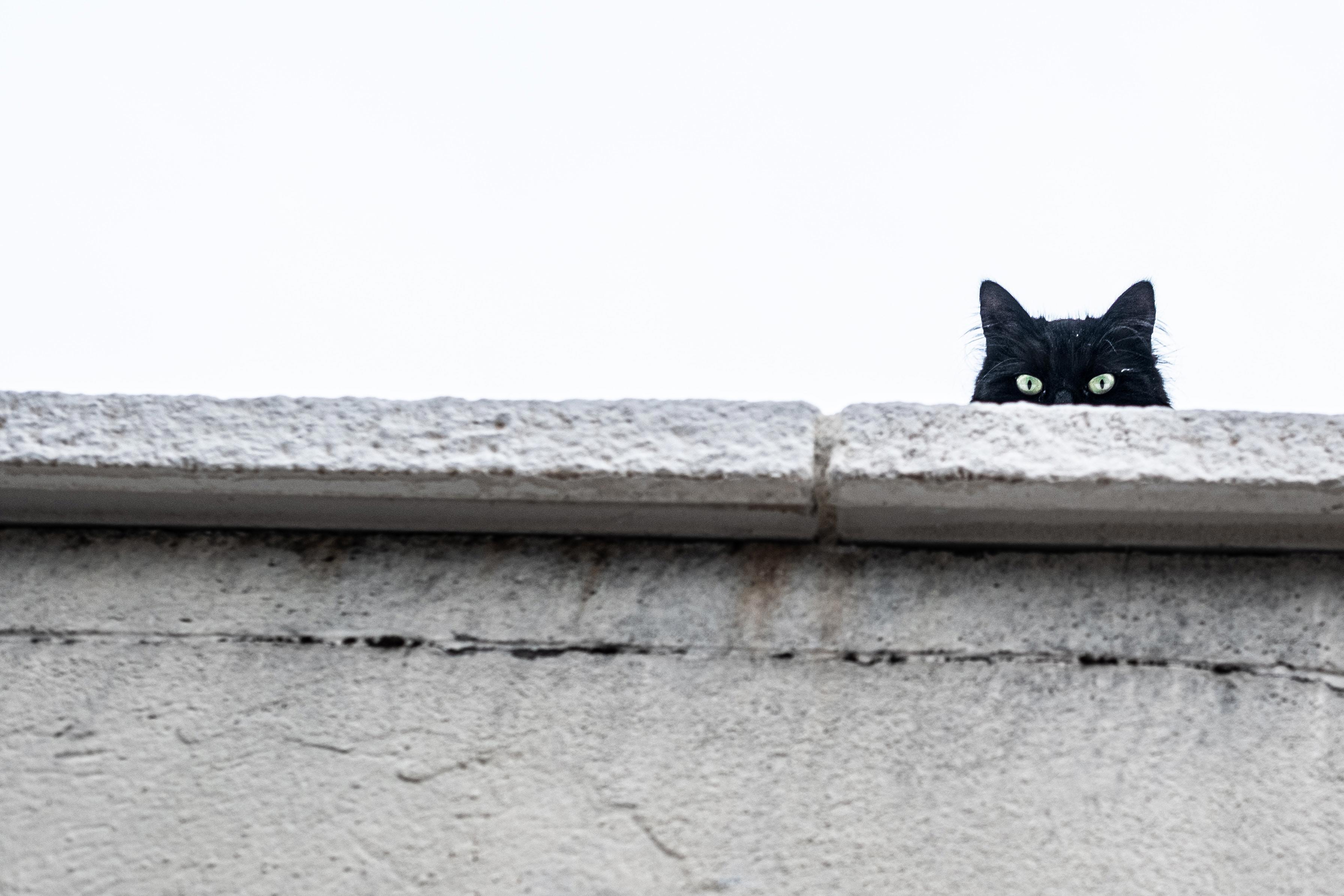Caring for a pet involves a range of responsibilities, and dental care is no exception. Cats, just like humans, can suffer from dental issues, such as tartar buildup, gum disease, and tooth decay. To ensure that your feline friend maintains good oral health, it is essential to provide them with proper dental care. This blog post will guide you through the steps you can take to ensure your cat gets the dental care they need.
Understanding the importance of dental care for cats
Cats rely on their teeth not only for eating but also for various activities, such as grooming and defending themselves. Neglecting dental care can lead to a range of health issues for your cat, including:

– Bad breath
– Tooth loss
– Gum disease
– Pain and discomfort
– Infections
– Organ damage
Therefore, proper dental care is crucial for your cat’s overall health and well-being.
Step 1: Regular dental check-ups
Just like humans, cats require regular dental check-ups to identify any potential issues and ensure their dental health is in check. Schedule routine visits with your veterinarian, who will perform a thorough examination of your cat’s teeth and gums. They may also suggest professional dental cleaning or recommend specific dental products for at-home care.
Step 2: Brushing your cat’s teeth
Yes, you read that right! Brushing your cat’s teeth can significantly contribute to their dental hygiene. However, it may take some time for your cat to get comfortable with this routine. Here are a few steps to follow when brushing your cat’s teeth:
1. Choose a cat-friendly toothbrush and toothpaste:
– Use a soft-bristled toothbrush specifically designed for cats.
– Never use human toothpaste, as it can be harmful to cats. Opt for toothpaste formulated for feline use, with flavors such as poultry or seafood.
2. Get your cat accustomed to the process:
– Start by gently rubbing your cat’s gums with your finger to introduce the sensation.
– Gradually introduce the toothbrush, allowing your cat to sniff and lick the toothpaste.
3. Begin brushing:
– Lift your cat’s lip and brush in a circular motion, focusing on the gum line.
– Gradually increase the duration of brushing sessions over time.
– Remember to praise and reward your cat with treats or playtime to create a positive association with toothbrushing.
Step 3: Promote dental hygiene through diet
Diet plays a crucial role in maintaining your cat’s dental health. Consider the following:
– Offer dry kibble: Dry cat food can help remove plaque and tartar as your cat chews, promoting better oral health.
– Dental treats: There are specific dental treats available that can help in reducing plaque and freshening your cat’s breath.
– Avoid excessive soft food: While wet food can be part of your cat’s diet, feeding them exclusively soft food can increase the likelihood of dental issues. Incorporate a combination of dry and wet food to maintain a healthy balance.
Step 4: Provide dental toys and treats
Keeping your cat engaged with dental toys and treats can aid in their dental care routine. Look for toys designed to promote dental health, such as those with textured surfaces or added dental benefits. Additionally, dental treats can help reduce plaque and tartar buildup while offering a rewarding snack.
“By offering a range of dental care options, you can ensure your cat’s teeth are properly cleaned and maintained.” – [source](https://www.coronacats.com/blog/b/does-your-cat-need-dental-care)
FAQs
1. How often should I take my cat for a dental check-up?
– It is recommended to take your cat for an annual dental check-up. However, cats with existing dental issues or a higher risk of oral problems may require more frequent check-ups.
2. Can I use regular human toothpaste to brush my cat’s teeth?
– No, human toothpaste can be harmful to cats. Always use toothpaste specifically formulated for feline use.
3. Is it normal for my cat to have bad breath?
– Persistent bad breath in cats can indicate dental issues and should be addressed by a veterinarian.
4. Can I rely solely on dental treats for my cat’s dental care?
– Dental treats can be beneficial, but they should not replace regular dental check-ups or brushing your cat’s teeth. They are better used as a complement to a comprehensive dental care routine.
5. Are there any specific signs of dental problems in cats?
– Yes, common signs of dental problems in cats include bad breath, yellow or brown teeth, difficulty eating, drooling, pawing at the mouth, and changes in appetite.
Remember, regular dental care is essential to ensure your cat’s well-being. By following these steps and seeking advice from a veterinarian, you can help your furry friend maintain a healthy and happy smile.
For more information on pet care needs and products, visit [PetWah](https://www.petwah.com/).







